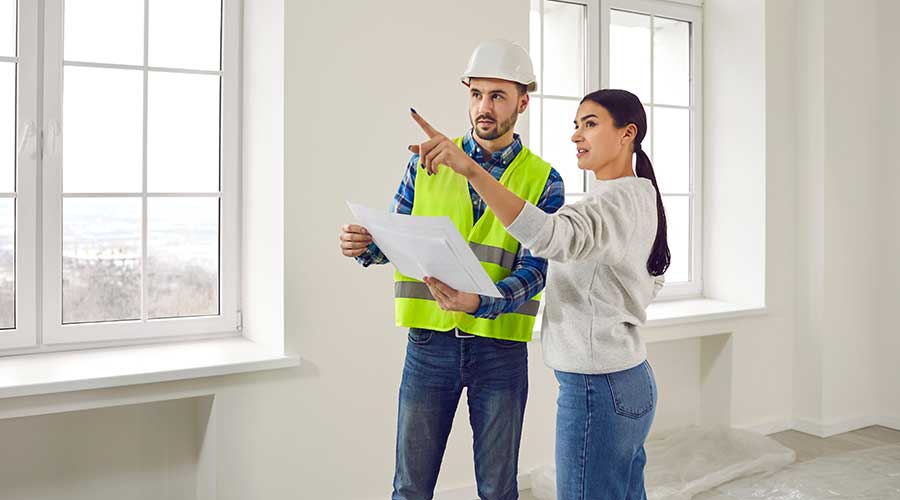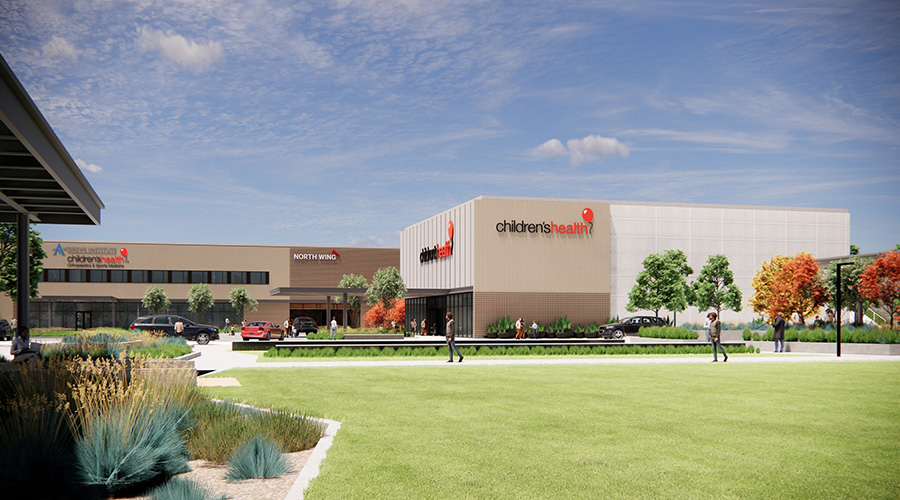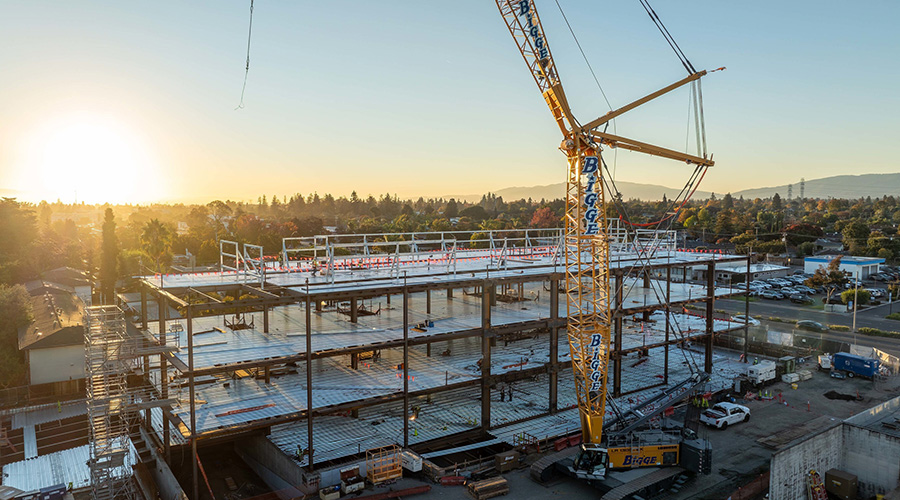Regardless of the facility type, renovations can be stressful. In hospitals and other healthcare facilities, they can seem nearly impossible due to the fear of contamination and infecting patients. Though, it doesn’t have to be that way. Before a project begins, it is up to architects and designers to have a plan in place that keeps patients, visitors and staff contained from the renovation without compromising care.
Healthcare Facilities Today recently spoke with Ryan Ramsey, senior medical planner, Perkins&Will and Kyle Raschkow, healthcare market lead and senior project executive of BNBuilders on how to ensure patient safety during a renovation.
HFT: How do you manage dust and other contaminants to ensure a sterile environment?
Kyle Raschkow: Managing dust is a challenge and inherent to completing construction in a hospital environment. In addition to implementing preventative measures, we instill a culture of cleanliness with all our staff and subcontractors onsite, which includes training around clean operations and alignment amongst the trades. We also require the use of advanced technology, specifically dustless roto hammers and sanders, in all our hospital projects to mitigate the movement of dust into sterile environments.
Related: Avoiding HAIs in Healthcare Design
HFT: How do you minimize noise and vibrations that could affect patients, especially those in critical care areas?
Raschkow: Communication with the hospital is key to understanding the constraints we will be under to get the work completed. These planning conversations establish if or when any noisy or vibratory work can occur onsite, setting the guardrails around what can get done in a day’s work. Phasing construction to occur at specific times and in short durations generally works best so that the hospital staff is not surprised or enduring noise and vibrations for long periods of time. Other considerations include prefabrication, completing work off-hours in non-24-hour care spaces, using vibration mats and insulated barriers, and where noise is unavoidable, issuing patient care kits that can include noise-canceling headphones.
HFT: How do you ensure that patient access to essential services is maintained and safe during construction?
Ramsey: During construction documentation of any expansion or renovation project, our team spends time with facility engineers and department leaders to develop operational risk diagrams, which overlay staff, public, patient, and material streams before, during, and after construction to ensure essential services are safely maintained.
Raschkow: Development, approval and implementation of clear ICRA plans, which emphasize the importance of temporary barrier construction and temporary wayfinding. For access to restricted areas, interim life safety plans (ILSM) are also required. It is important to ensure all hospital departments have input and understand these plans to avoid confusion following their implementation.
Mackenna Moralez is the associate editor of the facilities market.

 Spaces That Support: Patient-Centered Design for Modern Reproductive Health
Spaces That Support: Patient-Centered Design for Modern Reproductive Health Modernization of Buildings Require Collaboration Across All Disciplines
Modernization of Buildings Require Collaboration Across All Disciplines Children's Health Announces Plans for RedBird Specialty Center in Texas
Children's Health Announces Plans for RedBird Specialty Center in Texas How Can Healthcare Facilities Use Efficiency to Drive Climate and Health Goals?
How Can Healthcare Facilities Use Efficiency to Drive Climate and Health Goals? El Camino Health Rehabilitation Hospital Officially Tops Out
El Camino Health Rehabilitation Hospital Officially Tops Out